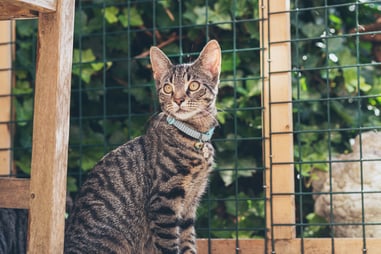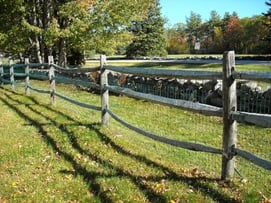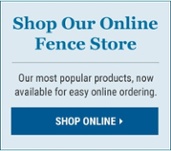Just a Bit of Elbow Grease
You've worked hard to put up your fence. Everything looks great. The wire mesh is tight and straight. But over time, something may happen that causes the tension in the wire to slacken. Alas, do not despair! What can you do to fix the problem? Watch this video and learn how to tighten up your fence using a pair of pliers.
You can use this simple technique to tighten many types of fencing materials: welded wire fence mesh, woven wire fence, lawn and garden fence, single strand wire, field fence, etc. Keep your fence looking tight and secure!
Do you know of any other ways to tighten a fence?



















